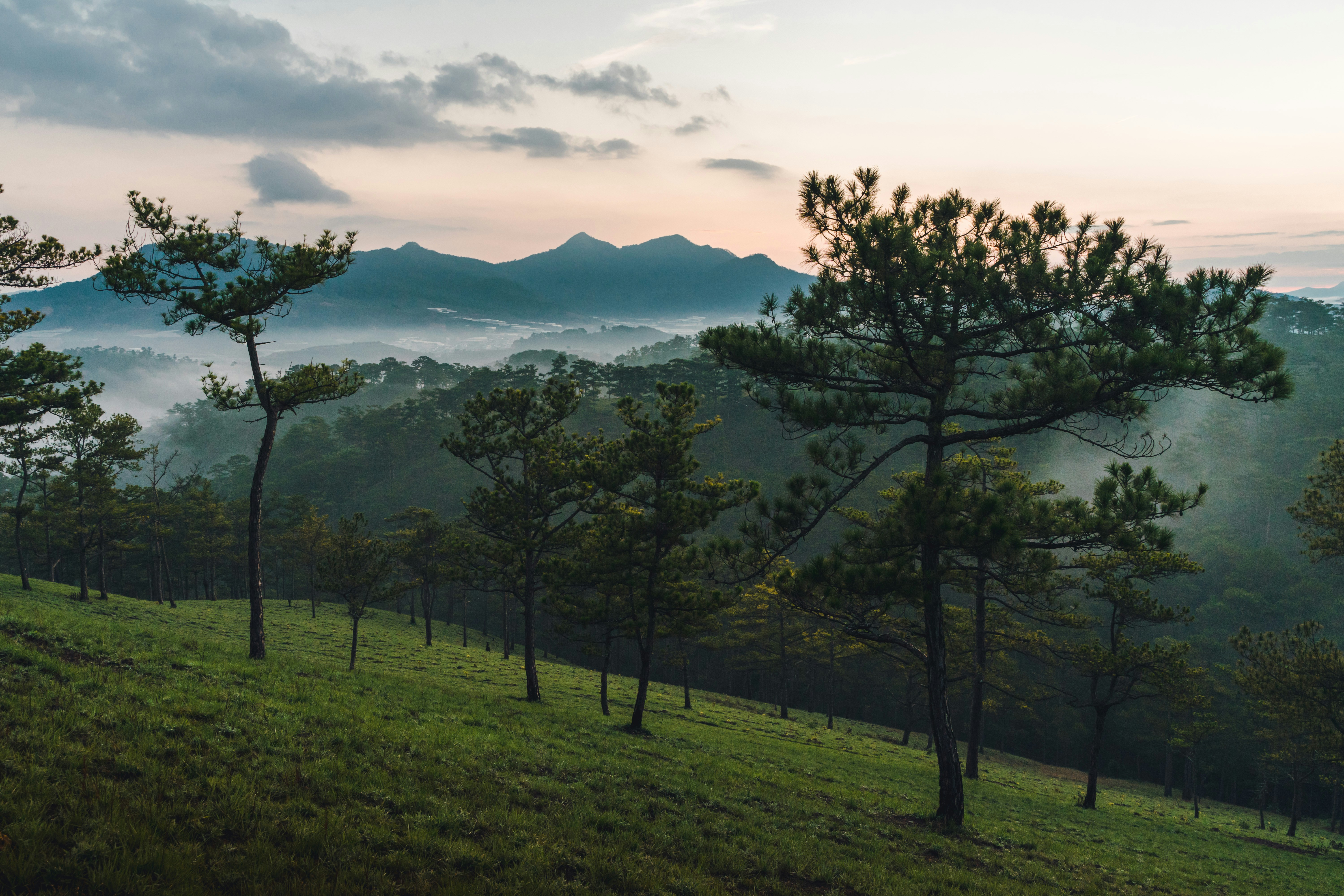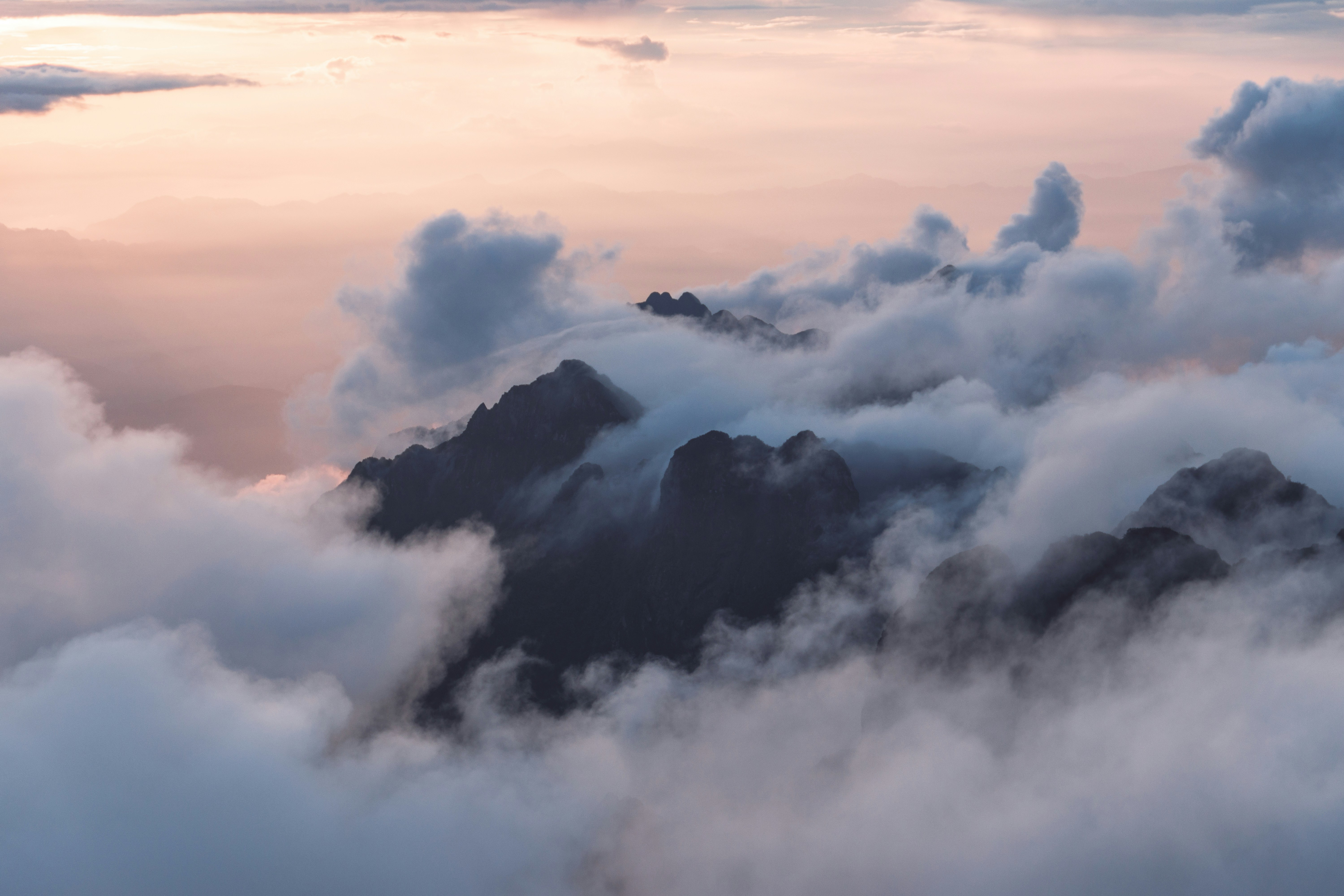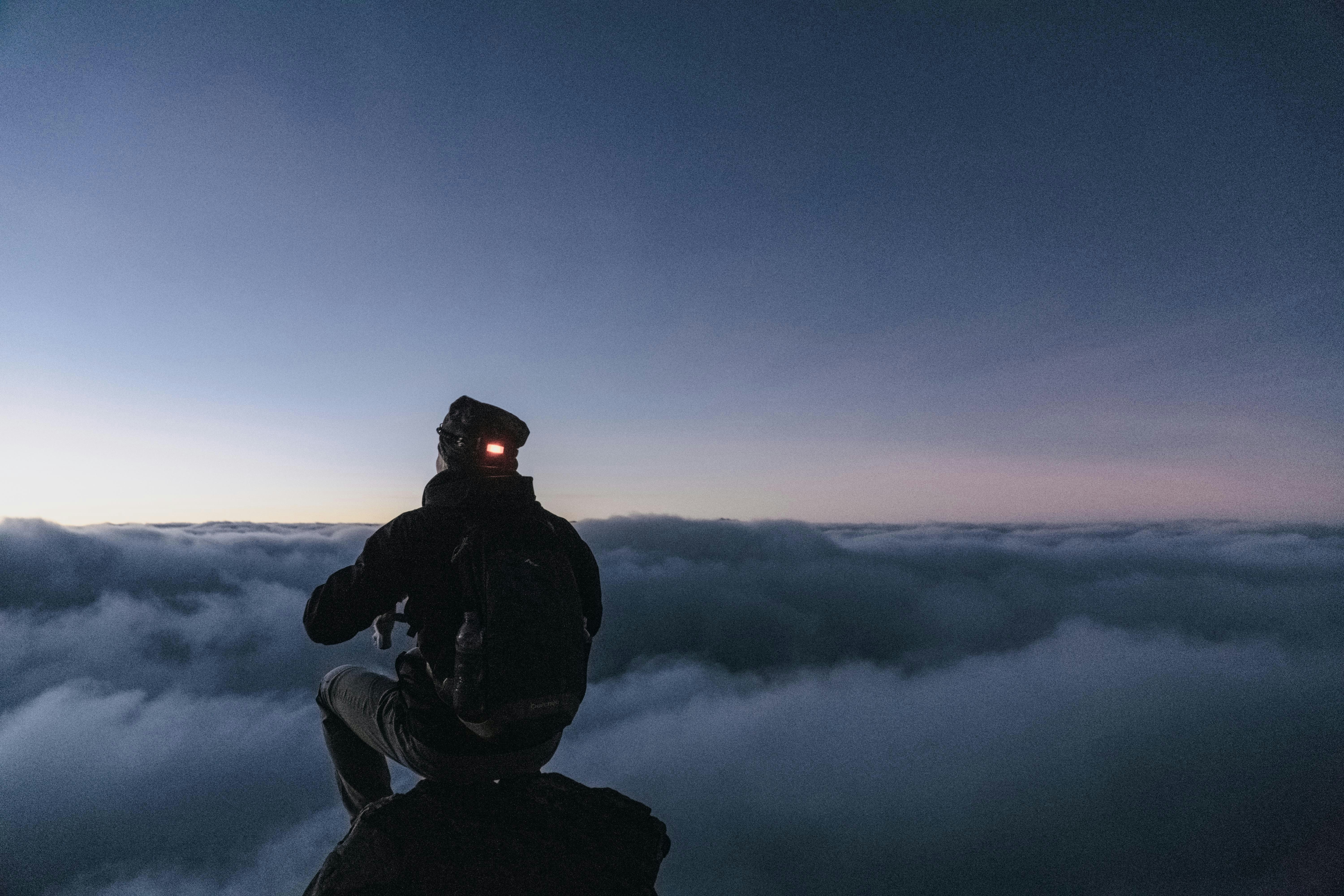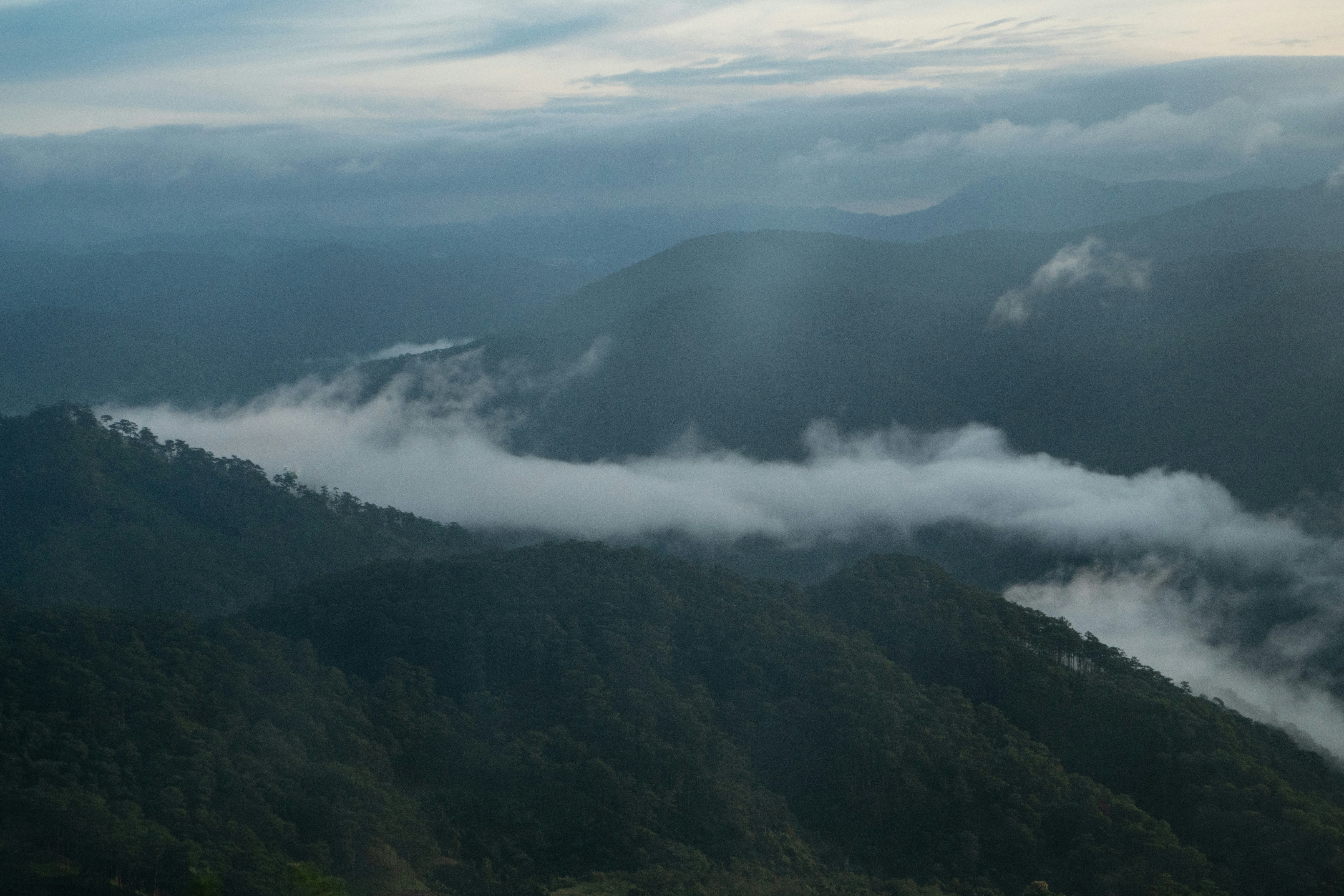Ha Giang Loop Trek
The Ha Giang Loop Trek takes hikers through Vietnam’s northernmost province, a remote region of towering limestone peaks, deep valleys, terraced fields, and ethnic minority villages. While most travelers explore this frontier region by motorbike, experiencing the loop on foot provides an immersive cultural and natural adventure that few get to experience.
Overview
The traditional Ha Giang Loop is a 350km circuit typically done by motorbike. The trekking version follows sections of this route but utilizes ancient footpaths that connect villages and traverse landscapes inaccessible by road. This multi-day trek takes you through the territories of various ethnic groups including the Hmong, Dao, Tay, Giay, and Lo Lo peoples, each with distinct cultures, languages, and traditional dress.
The trek features dramatic elevation changes, from river valleys at 300m to mountain passes exceeding 1,600m, creating diverse ecosystems and breathtaking views. Ha Giang’s remoteness has preserved both its pristine landscapes and the traditional ways of life of its inhabitants.
Trekking Itinerary
Day 1: Ha Giang to Quan Ba (14km)
Highlights:
- Heaven’s Gate Pass with panoramic views of the Dong Van Karst Plateau
- Lung Khuy Cave exploration
- First encounters with Hmong villages and culture
The trek begins in Ha Giang city, with transport taking you to the starting point near Tam Son town. From here, the trail climbs through pine forests to Heaven’s Gate Pass, where the magnificent karst landscape of Ha Giang unfolds before you. The route then descends to traditional villages where you’ll spend the night in a homestay, experiencing local hospitality.
Day 2: Quan Ba to Yen Minh (16km)
Highlights:
- Twin Mountains (Fairy Bosom Mountains)
- Remote mountain trails with minimal tourist presence
- Traditional Dao villages with indigo dyeing traditions
Today’s trek follows ancient trade routes between villages, with significant elevation gain and loss. The trail winds through forests, across streams, and along ridgelines with expansive views. In the afternoon, you’ll reach a Dao minority village known for traditional crafts, particularly indigo dyeing, where you’ll spend the night learning about local customs.
Day 3: Yen Minh to Dong Van (18km)
Highlights:
- Vuong Family Palace, a historic H’mong mansion
- Ma Pi Leng Pass, considered Vietnam’s most scenic mountain pass
- Ancient rock formations and fossil sites
This challenging day begins with a steady climb to higher elevations, where the landscape transitions to the distinctive karst plateau. The trail passes through small settlements clinging to mountainsides before reaching the historic Vuong Family Palace, built by a powerful H’mong opium lord in the early 20th century. The day concludes in Dong Van, a historic town with a mix of traditional and colonial architecture.
Day 4: Dong Van to Meo Vac via Ma Pi Leng (15km)
Highlights:
- The legendary Ma Pi Leng Pass with views of the Nho Que River gorge
- Tu San Canyon, one of the deepest canyons in Southeast Asia
- Hmong and Lo Lo minority villages with distinctive architecture
Today features the trek’s most spectacular scenery along the “Happiness Road,” hand-built by minority villagers in the 1960s. The footpath follows sections of this road but also drops down to the Nho Que River through trails inaccessible to vehicles. The dramatic landscapes of limestone karsts, terraced fields, and the winding emerald river create endless photographic opportunities. Overnight in Meo Vac town.
Day 5: Meo Vac to Du Gia (16km)
Highlights:
- Remote valleys with limited outside contact
- Diverse minority villages with weekly markets
- Terraced rice fields and traditional agriculture
The final full day of trekking takes you away from the karst plateau and into more gentle terrain with lush valleys. The trail connects several small villages where you’ll witness traditional farming techniques practically unchanged for centuries. The trek concludes in Du Gia, where you can celebrate with a traditional feast and rice wine with your homestay hosts.
Practical Information
Terrain and Difficulty
The Ha Giang Loop Trek involves:
- Daily elevation changes of 500-800m
- Rocky, uneven trails with occasional scrambling sections
- Stream crossings and steep ascents/descents
- Limited shelter on exposed mountain sections
This trek is rated as difficult due to the sustained effort required over multiple days, remote location, and sometimes challenging trail conditions. Previous multi-day trekking experience is highly recommended.
Weather and Climate
Ha Giang experiences distinct seasons that dramatically affect trekking conditions:
- Spring (March-May): Comfortable temperatures, blooming flowers, occasional showers
- Summer (June-August): Hot and humid with heavy rainfall and potential for landslides
- Autumn (September-November): Clear skies, moderate temperatures, and stunning harvest scenery with golden rice terraces
- Winter (December-February): Cold with temperatures dropping below freezing at higher elevations, but clear skies and excellent visibility
Accommodation and Food
The trek utilizes homestays in minority villages, providing:
- Basic but comfortable sleeping arrangements (typically mattresses on the floor or simple beds)
- Shared bathroom facilities with varying levels of development
- Hearty, home-cooked meals featuring local specialties
- Cultural exchange opportunities with host families
Homestays are usually in traditional wooden or mud-brick houses, some hundreds of years old. While facilities are simple, the authentic experience and warm hospitality more than compensate for the lack of modern amenities.
Guided Trek Requirements
Due to the remote nature, complex navigation, language barriers, and need for cultural sensitivity, this trek requires:
- A licensed local guide (preferably from one of the minority groups)
- Proper permits for trekking in border areas
- Advance booking of homestays through established networks
Most tour operators in Ha Giang or Hanoi can arrange complete packages including:
- Guide and porters
- All accommodations
- Meals during the trek
- Permits and transportation to/from the trailhead
- Cultural performances or demonstrations in villages
Packing Essentials
For this remote trek, careful packing is essential:
- Sturdy hiking boots with ankle support
- Weather-appropriate layers (including warm gear even in summer for higher elevations)
- Rain protection (jacket and pack cover)
- Water purification method (villages may have limited clean water)
- Basic first aid supplies (medical facilities are distant)
- Cash in small denominations (no ATMs in remote areas)
- Gifts for homestay hosts (useful items rather than candy)
Cultural Considerations
When trekking through ethnic minority areas:
- Ask permission before photographing people
- Dress modestly, especially when in villages
- Remove shoes when entering homes
- Accept offers of food and rice wine (refusing can be considered impolite)
- Learn a few basic greetings in the local languages
- Respect cultural taboos (your guide will advise on these)
Best Times to Trek
For optimal Ha Giang trekking experiences:
- Late September to November: The premier season with pleasant temperatures, clear skies, and the beauty of harvest season. The golden rice terraces create a photographer’s paradise.
- March to May: Spring brings flowers blooming across the plateau, comfortable hiking temperatures, and cultural festivals.
Avoid:
- June to August: The rainy season brings daily downpours, high humidity, and risks of landslides that can isolate areas for days.
- December to February: While scenically beautiful with clear skies, temperatures can drop below freezing at higher elevations, requiring specialized cold-weather gear.
Cultural Highlights
Beyond the spectacular scenery, Ha Giang’s cultural landscape offers:
- Sunday markets: Vibrant gatherings where minority groups come to trade goods, socialize, and sometimes find marriage partners
- Traditional crafts: Witness brocade weaving, blacksmithing, and paper-making using ancient techniques
- Agricultural practices: Terraced rice cultivation, water buffalo plowing, and traditional harvesting methods
- Festivals: If timing permits, events like the Khau Vai Love Market or Gau Tao Festival provide extraordinary cultural experiences
The Ha Giang Loop Trek offers a profound journey through one of Vietnam’s last frontiers, where dramatic landscapes meet living cultural traditions. While challenging, the rewards of authentic connections with minority communities and witnessing rarely-seen landscapes make this one of Southeast Asia’s ultimate trekking experiences.



